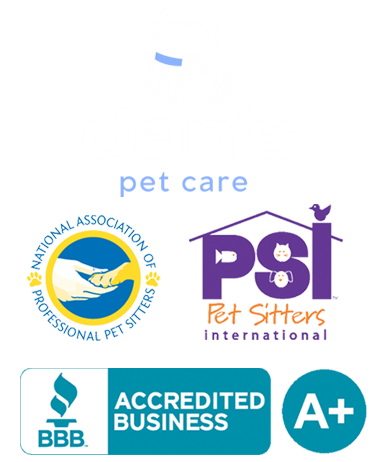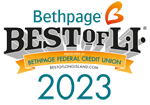In recent years, grain-free dog food has surged in popularity, marketed as a healthier, more natural option for our furry companions. Many pet owners have been drawn in by claims that eliminating grains improves digestion, reduces allergies, and mimics ancestral canine diets. But is grain-free dog food really better, or is it just another nutrition myth? Veterinarians and pet nutritionists are beginning to push back, pointing to new concerns about diet-linked heart disease and the oversimplification of what defines a "healthy" dog diet. This comprehensive guide explores the truth behind the grain-free trend, breaks down the science, and helps Long Island pet parents make informed feeding decisions.
1. What Is Grain-Free Dog Food?
Grain-free dog food refers to commercial pet food formulas that exclude traditional cereal grains like wheat, corn, rice, barley, and oats. These diets typically substitute grains with alternatives such as:
Peas
Lentils
Chickpeas
Potatoes
Sweet potatoes
Tapioca
Quinoa
These substitutes are used to provide the carbohydrate content that grains would normally offer. However, while some of these ingredients may appear more "natural" or exotic, they can also lead to higher starch levels. Grain-free formulas are often chosen for dogs with suspected food sensitivities, though true grain allergies are uncommon. It’s also important to note that the nutritional quality of a dog food depends more on the formulation, ingredient balance, and protein sources than whether or not it contains grains. Pet owners should carefully evaluate ingredient lists and consult with a vet before making significant dietary changes.
Peas
Lentils
Chickpeas
Potatoes
Sweet potatoes
Important facts:
Grain-free does not mean carb-free.
Not all grain-free options are nutritionally superior.
Many use fillers or excess starch.
Pet parents should focus on nutritional content over marketing claims. A well-balanced formula, whether grain-inclusive or grain-free, matters more than trendy labeling.
2. Why the Grain-Free Trend Took Off
The grain-free trend gained traction due to several cultural and marketing factors, many of which mirrored shifts in human health trends and consumer behavior. As more people embraced gluten-free and low-carb diets for themselves, they began applying similar logic to their pets. Pet food companies capitalized on this mindset, aligning their marketing with buzzwords like "ancestral" and "clean eating." Social media influencers, blogs, and boutique pet stores helped amplify the message that grain-free was superior, even in the absence of scientific evidence. Additionally, fear of food allergies (despite their rarity) and recalls involving grain-based foods fueled skepticism around traditional pet diets. Emotional marketing and eye-catching packaging reinforced the idea that removing grains was a sign of better quality, leading many well-intentioned owners to switch diets without veterinary guidance.
Increased interest in natural and holistic pet care
Human food trends influencing pet food choices
Fear of grains and gluten
Concerns about allergies
Marketing that equated grain-free with ancestral diets
Consumer mindset:
Belief that fewer ingredients = healthier food
Preference for premium branding and "clean" labels
Association with better skin and digestion
While these motivations are understandable, they often lack scientific backing and can lead to misinformed feeding decisions.
3. Debunking the Dog Nutrition Myths
Many grain-free marketing claims are rooted in myths and generalizations that can mislead well-meaning pet owners. While these ideas are often repeated in advertising and online forums, they do not always reflect current veterinary science or nutritional standards. Understanding the truth behind these claims helps pet parents make more informed decisions that truly benefit their dogs' health. Here are some common misconceptions:
Myth: Grains are harmful to dogs
Truth: Most dogs digest grains well and benefit from them
Myth: Grain-free equals low-carb
Truth: Many grain-free diets are high in starch
Myth: Dogs should eat like wolves
Truth: Domesticated dogs have evolved to digest a range of foods
What truly matters:
Overall nutritional profile
Ingredient quality
Veterinary guidance
4. The Role of Grains in Canine Health
Grains can provide valuable nutrients for dogs, contributing to a well-rounded and digestible diet that supports energy, immunity, and overall wellness. These ingredients are often unfairly labeled as "fillers," but when whole and properly prepared, they offer meaningful benefits. In fact, many commercial grain-inclusive dog foods use grains to deliver necessary fiber, vitamins, and slow-burning carbohydrates that support sustained energy levels. Additionally, grains often complement protein sources to enhance nutrient absorption and gut health. Here are some of the key nutrients they provide:
Fiber for healthy digestion
B vitamins
Iron, magnesium, and selenium
Benefits of whole grains:
Support gut health
Supply prebiotics for beneficial bacteria
Offer long-lasting energy
Note:
True grain allergies are rare.
Most food sensitivities are related to proteins, not grains.
5. FDA Investigations into Grain-Free Diets
The U.S. FDA began investigating grain-free diets in 2018 due to a rise in reported cases of canine dilated cardiomyopathy (DCM).
Key findings:
Most affected dogs ate grain-free diets rich in peas, lentils, or potatoes
Some breeds not genetically predisposed to DCM were affected
A definitive link has not been proven, but concern remains
What pet owners should do:
Consult with your vet before switching to grain-free
Avoid formulas heavy in legumes unless medically recommended
6. Who Should Actually Eat Grain-Free?
Grain-free diets are not necessary for most dogs. However, they may be appropriate in specific cases:
Confirmed grain allergies (through testing)
Certain digestive disorders
Veterinarian-directed feeding plans
Avoid grain-free if:
Your dog is healthy with no known allergies
You’re choosing it solely based on marketing
Best practices:
Choose AAFCO-compliant diets
Prioritize balance and quality over trends
7. Ingredients to Watch Out For
Not all grain-free foods are created equal. Ingredients to approach with caution include:
Excessive peas, lentils, and chickpeas (often used as fillers)
Unnamed meat meals or by-products
Artificial colors and preservatives
Corn gluten meal and other low-nutrient fillers
Look for:
Named animal proteins (e.g., "salmon meal")
Balanced fat and fiber levels
Transparency in sourcing and manufacturing
8. How to Choose the Best Dog Diet
Choosing the best diet involves evaluating multiple factors beyond grain inclusion:
Consider your dog’s:
Age and life stage
Weight and activity level
Breed and health conditions
Tips for smarter choices:
Look for AAFCO nutritional adequacy statements
Rotate proteins for variety
Maintain consistent feeding schedules
In Long Island, many local pet retailers offer consultations to help you find the right formula.
9. The Marketing of Grain-Free Foods
Grain-free products are often marketed using emotional appeal and unregulated language. Be aware of terms like:
"Ancestral"
"Holistic"
"Premium"
Marketing tactics to watch for:
Overemphasis on grain absence
Images of wild animals or nature scenes
Buzzwords with little nutritional meaning
Smart shopping tip:
Ignore front-of-bag claims. Read the ingredient list and guaranteed analysis instead.
10. What Long Island Vets and Nutritionists Recommend
Local veterinary professionals generally advise against grain-free diets unless there’s a medically confirmed reason to make the switch. Based on emerging research and years of clinical experience, many vets on Long Island caution against jumping on the grain-free trend without proper guidance. They emphasize that nutritional needs vary greatly from one dog to another, and that eliminating grains can lead to unintended consequences, such as nutrient imbalances or overreliance on starchy fillers. Their advice includes:
Start with a complete, grain-inclusive formula
Only go grain-free with proper testing
Seek vet-guided dietary plans
Resources in Long Island:
Vet clinics offering nutrition consults
Educational events about canine diets
Pet stores carrying vetted, science-backed brands
Vets emphasize that nutrition is individual. The goal is long-term health, not chasing food trends.
Make Informed Choices for Your Dog
Grain-free dog food may sound appealing, but it’s not inherently better or worse. What matters most is balanced nutrition tailored to your dog’s unique needs.
Before switching to grain-free, ask:
Is there a medical reason?
What does my vet recommend?
Is the brand transparent about its ingredients?
At Dans Pet Care, we know how overwhelming pet nutrition choices can be. Our experienced team is here to support your journey with personalized advice, care tips, and trusted recommendations.
Visit danspetcare.com to learn more about our services and resources to help your pet live their healthiest life.





